
It was just after Christmas. A new bow rested in my lap and I had a nice buck located in the desert that morning. He was in a lust crazed stare at a few does beneath him. All I had to do was make a small loop and my first archery deer would lay at my feet. Once I reached the base of the hill I needed to climb that would put me in shooting range, I dropped my boots and pack. Long story short, I ended up going way farther than I thought looking for the deer. I also stepped on a jumping cactus in my socks. These two instances made me question if this whole “dropping your boots” thing was really necessary for successful spot and stalk bowhunting. More experience in the coming years would tell me it wasn’t.
If I’ve learned one thing about spot and stalk bowhunting, it’s that you never have it all figured out. Just when a certain situation seems absolute, things can turn right around and send you in a different direction. I am speaking literally here.
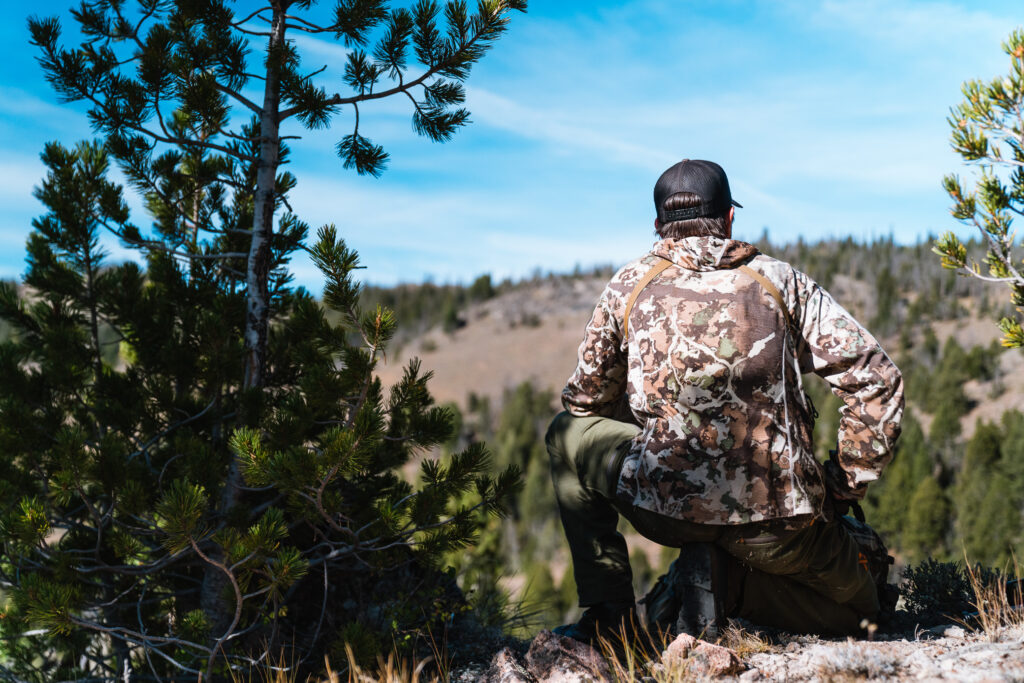
There are more times than I can recount where I had a buck bedded, dropped my boots for the final approach, and then had the buck just get up to start feeding away from me. This would then cause me to try and hobble my way quickly after him, which would make the distance between my boots and I greater and greater. And because I was in my socks, there was no way for me to effectively keep up with a moving buck, especially if it was during the rut. That situation right there never worked out in my favor.
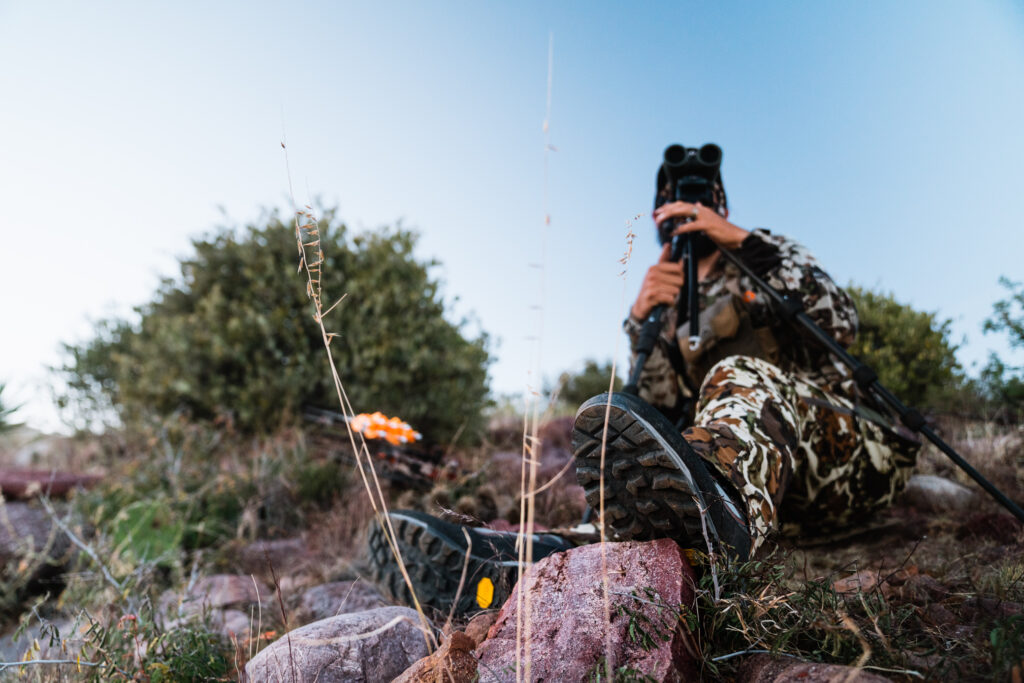
Our boots are tools, just like our optics, packs, and other gear. They help us efficiently navigate through what is oftentimes rugged terrain by providing support and protection for our feet. All of that flies out the window once they’re off. And if the buck does get up and move off, you’ll kill an extraordinary amount of time going back to your boots. By keeping our boots on, we can move much more fluidly through these areas. We can follow that buck that unexpectedly gets up and wanders over the ridge. It helps us stay in the game.
The very ground beneath our feet is rarely kind. In fact, it’s usually the complete opposite. Whether it’s sharp rocks, or in my case cactus, our feet can fall victim to a number of things out there if unprotected. In my earlier years, I remember coming home and picking thorns out of my feet every time after I’d go bowhunting. There were other times I’d come home with bruised feet. It was borderline comical.
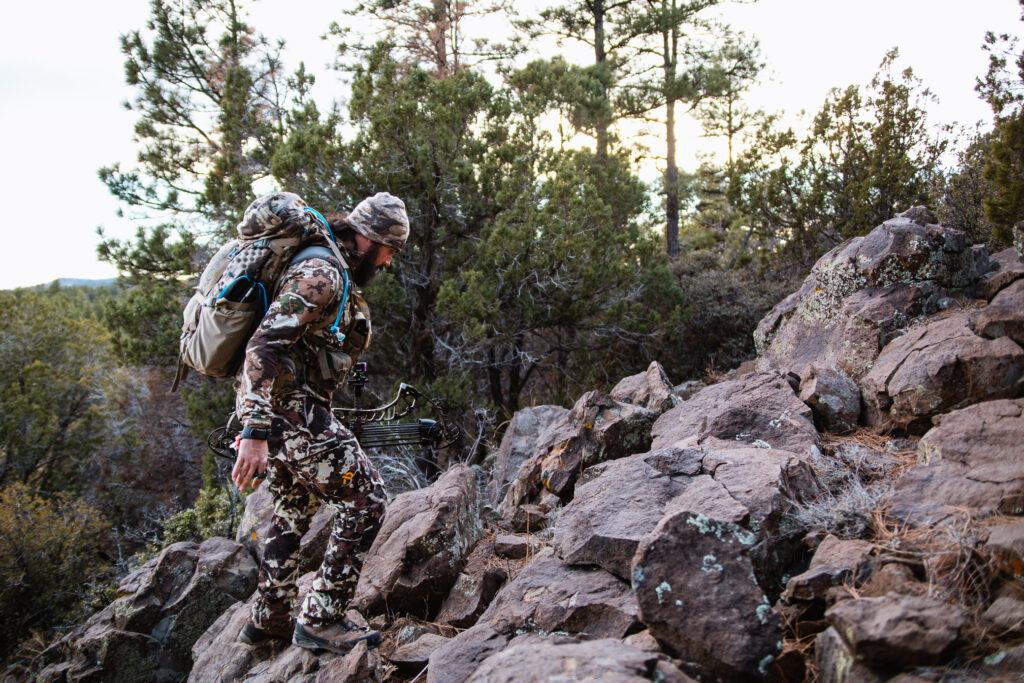
Self preservation equals longevity in the field. And longevity is what we need to keep giving it our all day after day when spot and stalk bowhunting. The fact of the matter is, you’re not going to move around as efficiently or effectively should you be dealing with bruised or cut up feet, especially once the boots come off. It’s not going to happen. Sure you can muscle your way through it if that’s your thing, but I wouldn’t say that is necessary in the least to find success spot and stalking with a bow. It’s far more valuable learning how to move, when to move, and how to place your foot on the ground. Dissecting what the best route would be towards an animal is another one. These things will bridge the gap to what you seek without having to take your boots off.
When I was a kid my Dad would take me on small hikes where we’d try and spot deer. Most of these took place in small desert washes filled with loose gravel that made a ton of noise. We’d slowly take a few steps and stop, take a few steps and stop. My Dad always explained to me that this is how animals move. They don’t just walk through an area without stopping. Meaning that this walking and stopping was a natural noise to them. It wasn’t out of place in their world. We routinely got close to deer doing this. Bow range close. And we never took off our boots to do it.

One of the biggest reasons for taking boots off on a stalk is to mitigate noise. And I admit, it is 1,000% more quiet than having boots on. However, the noises that come from us taking steps aren’t that unlike the noises that come from animals taking steps. While the critters we chase are usually switched on and aware, they are used to hearing these noises. And more specifically natural noises. Things like a stick breaking might make them look, but they’ll usually go about their business if they don’t see or smell anything that poses a threat. A good rule of thumb I follow is if I make a noise like this, I’ll pause, even if I’m not close to the animal. If I am close to them, I’ll freeze and not move a muscle until they’re relaxed again.
A stick breaking is far different than say the noise of an arrow squeaking across a rest as one draws their bow back. That is an unnatural noise that doesn’t belong in the mountains. It sticks out like a sore thumb to an animal. I had this happen to me on a spot and stalk bowhunting trip to Colorado years back. After making a perfect stalk in my boots to 35 yards, the gig blew up once I drew back my bow. The buck didn’t even look my way. He just ran like someone smacked him on the rear end.
Our day to day lives are pretty fast paced. There is always something to do and all of us are “too busy.” Because of this fast paced lifestyle most of us partake in, we become conditioned to its rhythm. Go, go, go, and don’t stop. That doesn’t translate well into stalking an animal with a bow. We need to be slow. Be intentional. And stay disciplined in our actions.

Along with mitigating noise, another natural benefit to slipping off the boots is to slow us down. We just can’t move as fast in our socks, so the result is a slower approach. Not having a pair of boots on forces one to break that fast paced mentality from back in the city. It also forces one to accept the limitations of not having boots on though. If you ask me, there’s a better way.
Instead of ditching the boots to slow down, you could just…ready? SLOW DOWN. The issue that many folks have is that if they can do something they will. In the case of having boots on, if someone can move quicker, especially towards arrowing an animal, they will. In turn they will usually blow up the whole operation because they were just plain rushing. The key here is discipline. Move just as slow as you would without the boots on. Place your foot on the ground cautiously. Don’t give in to the temptation of running towards success. Be a good bowhunter and sneak towards it. Have patience. That’s what fills archery tags.
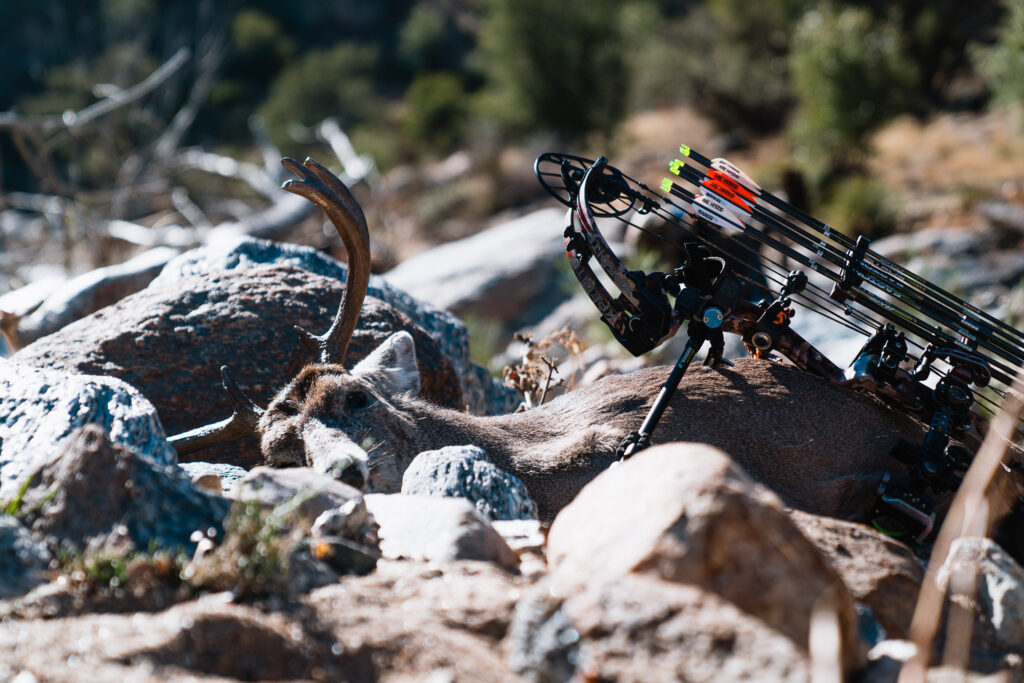
I spent years trying to take off my boots spot and stalk bowhunting animals in the desert, because it’s what I thought I was supposed to do. It’s a tried and true method for success used by some renowned bowhunters. Hunters that I have a deep respect for. With that being said, there is more than one way to skin a cat. And I’ve skinned that cat year after year successfully with boots on. Spot and stalking through some of the most loudest country after some of the most switched on critters in the U.S., coues deer. So, no. You do not have to dance around the mountains in your socks to successfully sneak into bow range of critters consistently. Of course if you want to, go ahead. You do your thing and I’ll do mine in the comfort of my boots.
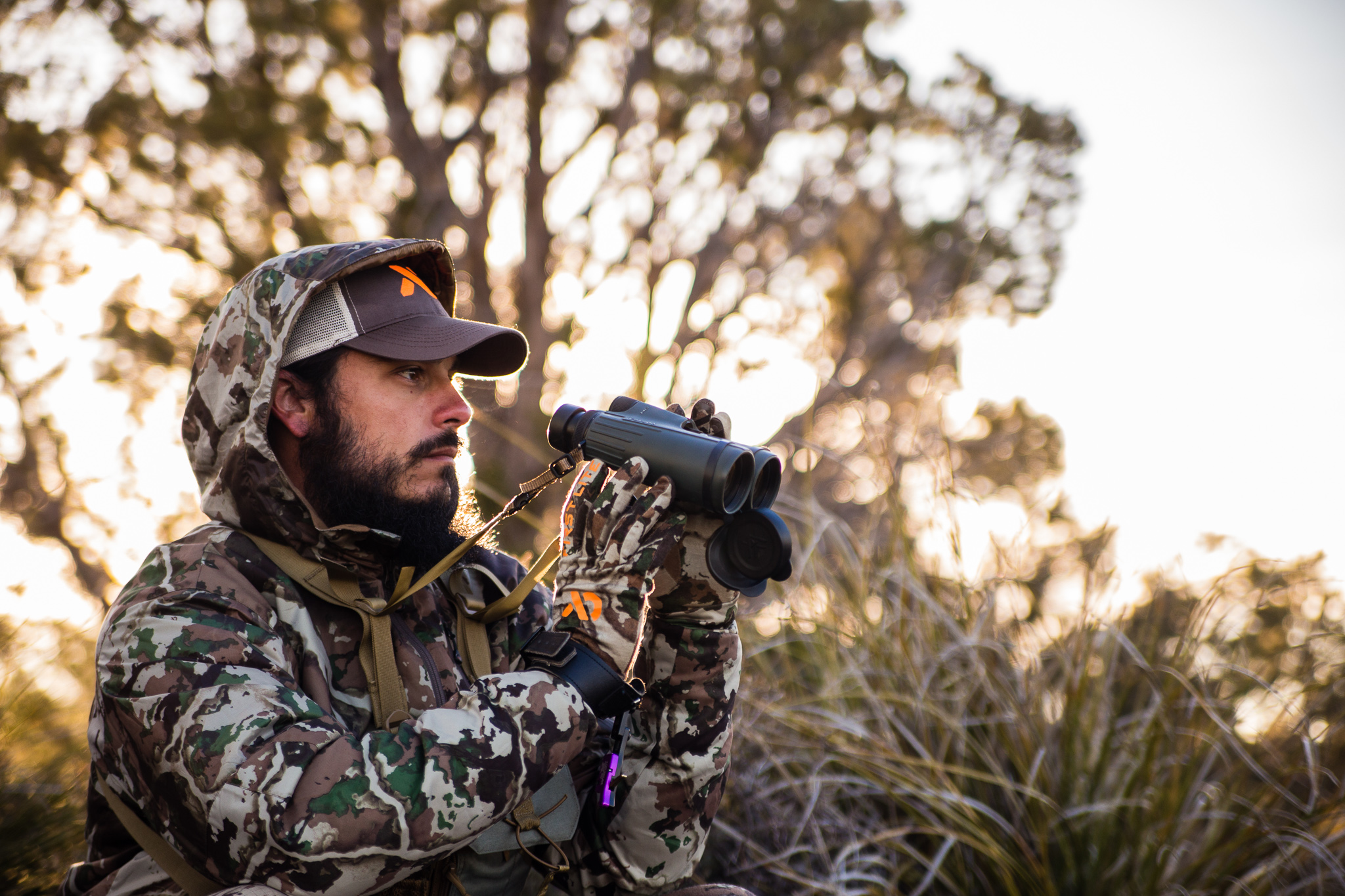

Copyright 2019 Dialed In Hunter
Design by NXNW.